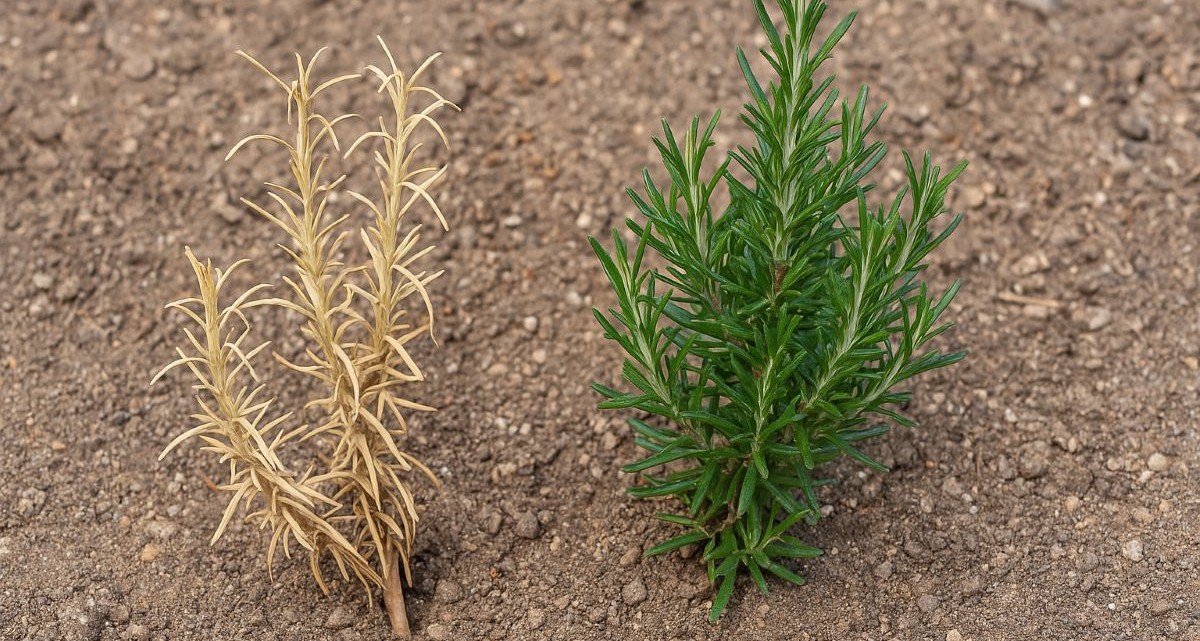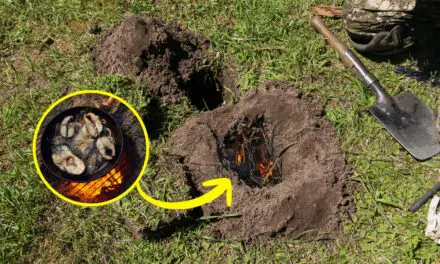Rosemary (Rosmarinus officinalis) is one of the most beloved culinary and medicinal herbs, yet many gardeners find it surprisingly difficult to cultivate. Known for its fragrant needles and resilience in the wild Mediterranean hills, rosemary seems as if it should thrive in any home garden. And yet, countless gardeners have planted it with high hopes only to watch it wither, yellow, or die off in a single season.
The truth is, rosemary is hardy in its native environment but sensitive when removed from those conditions. To understand why rosemary is so hard to grow, we need to look at its natural habitat, the common mistakes that gardeners make, and the adjustments that lead to success.
A Plant of the Mediterranean
Rosemary originates in the rocky, sun-drenched coasts of the Mediterranean. There, it grows in poor, sandy soils with excellent drainage. Rain is scarce, humidity is low, and the plant is bathed in sunlight for much of the year. In other words, rosemary evolved to survive in harsh, dry conditions rather than the fertile, moist soils that most gardeners are accustomed to.
This natural background explains why rosemary struggles when planted in heavy clay or water-retentive soil. Roots that stay too damp will quickly begin to rot, and the plant will decline. To rosemary, too much kindness in the form of watering and rich soil can be just as deadly as neglect.
Why Rosemary Fails (and Common Mistakes to Avoid)
Many gardeners assume rosemary should be as easy to grow as mint or oregano, but its specific needs mean it can fail quickly if handled like other herbs. The most common issues include:
- Overwatering – Rosemary does not tolerate “wet feet.” Constant moisture suffocates roots and invites rot. Letting the soil dry between waterings is essential.
- Poor Drainage – Heavy soils or pots without drainage holes create waterlogged conditions. Rosemary demands soil that mimics rocky hillsides.
- Cold Temperatures – Many rosemary varieties are frost-sensitive. A sudden freeze can kill the plant outright unless it is brought indoors or protected.
- Low Light – Rosemary is a sun-loving herb. Less than six hours of direct sun daily leads to weak, spindly growth.
- Over-Fertilizing – Rich soil and frequent feeding encourage soft, floppy growth with less fragrance and resilience.
- Humidity and Poor Airflow – Rosemary prefers dry air and good circulation. Damp, stagnant conditions often invite mildew and disease.
By avoiding these mistakes, we shift closer to recreating rosemary’s natural environment. The key lesson is restraint: rosemary does best when we resist the urge to overwater, overfeed, or overprotect.
How to Help Rosemary Thrive
To grow rosemary successfully, think like the plant. Place it where conditions mimic its Mediterranean roots. A raised bed or container with sandy, well-drained soil is ideal. Mix in coarse sand, gravel, or perlite to improve drainage if needed.
Rosemary prefers deep but infrequent watering. Allow the soil to dry between waterings, and always ensure excess water can drain away. In climates with cold winters, bring potted rosemary indoors or cover outdoor plants with frost cloth to help them survive. Indoors, provide the brightest window possible, or supplement with grow lights to maintain health.
Pruning rosemary regularly encourages a bushier shape and prevents the plant from becoming woody and weak. Snipping the fresh tips not only helps the plant but also provides a continual harvest of fragrant sprigs for cooking and remedies. A little thoughtful care ensures that rosemary thrives year after year.
Rosemary’s Native Conditions vs. Common Garden Conditions
Understanding rosemary’s struggles begins with comparing its natural habitat to what we often give it in our gardens. By seeing the differences side by side, it becomes clear why this herb can be so demanding—and how we can adjust.
| Aspect | Native Mediterranean Conditions | Common Garden Conditions | Solution for Success |
| Soil | Rocky, sandy, drains quickly | Heavy clay or rich compost, holds water | Amend with sand, gravel, or perlite to improve drainage |
| Watering | Long dry spells, occasional rainfall | Frequent watering, soil kept damp | Water deeply but infrequently, allow soil to dry out |
| Light | 6–8 hours of full sun daily | Partial shade, limited window light | Place in the sunniest spot; use grow lights indoors |
| Air Humidity | Dry coastal breezes | Humid air, poor circulation indoors | Ensure airflow; avoid placing in overly damp spaces |
| Temperature | Mild winters, rarely below freezing | Frosty winters or long freezes | Bring indoors or cover plants with frost cloth |
When we realize that rosemary thrives in conditions many other plants would struggle to endure, it becomes clear why treating it like basil or mint simply won’t work. Instead, success lies in recreating those sunlit, rocky slopes wherever we grow it.
Practical Tips for Growing Rosemary
If you remember nothing else, let it be this: rosemary wants sun, dryness, and space to breathe. Choose the brightest spot you can, give it gritty soil that drains quickly, and resist the urge to water too often. Protect it from frost in winter, and trim it lightly to keep it bushy.
These simple practices can make rosemary one of the longest-lived herbs in your garden. With proper care, a plant can grow for many years, becoming a small shrub that continually provides leaves for the kitchen and the medicine cabinet.
Final Thoughts
So why is rosemary so hard to grow? It isn’t the plant’s fault at all. It is simply out of place when dropped into damp soil, low light, or freezing winters. By honoring its natural heritage and adjusting our gardening practices, rosemary can reward us with its fragrance, flavor, and resilience.
For those willing to meet it halfway, rosemary transforms from a stubborn plant into a loyal companion in both the kitchen and the apothecary. Its challenges only remind us that the most treasured plants often require us to learn, adapt, and grow alongside them.
You may also like:
The Herbs You Need to Keep Close During Dark Times (Video)
Ingenious Uses of Tallow You Never Thought Of (Except Eating!)
DIY Mosquito Repellent Candles














